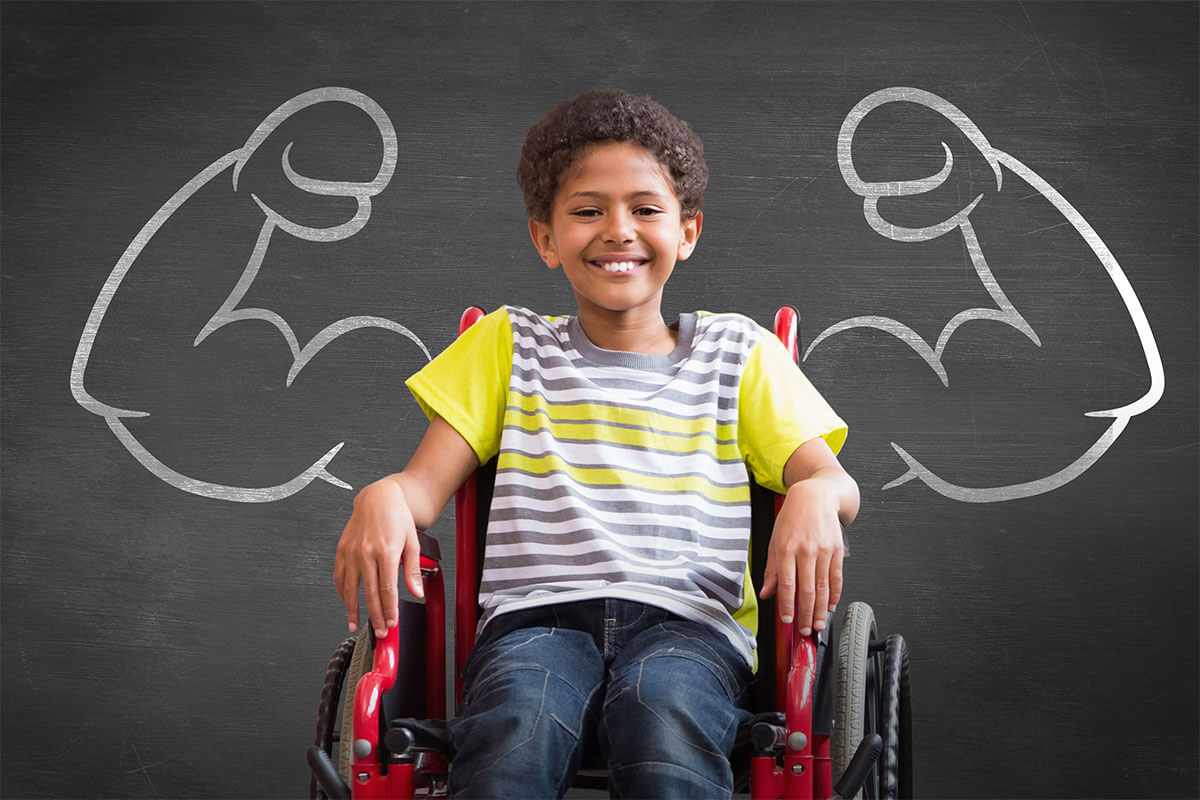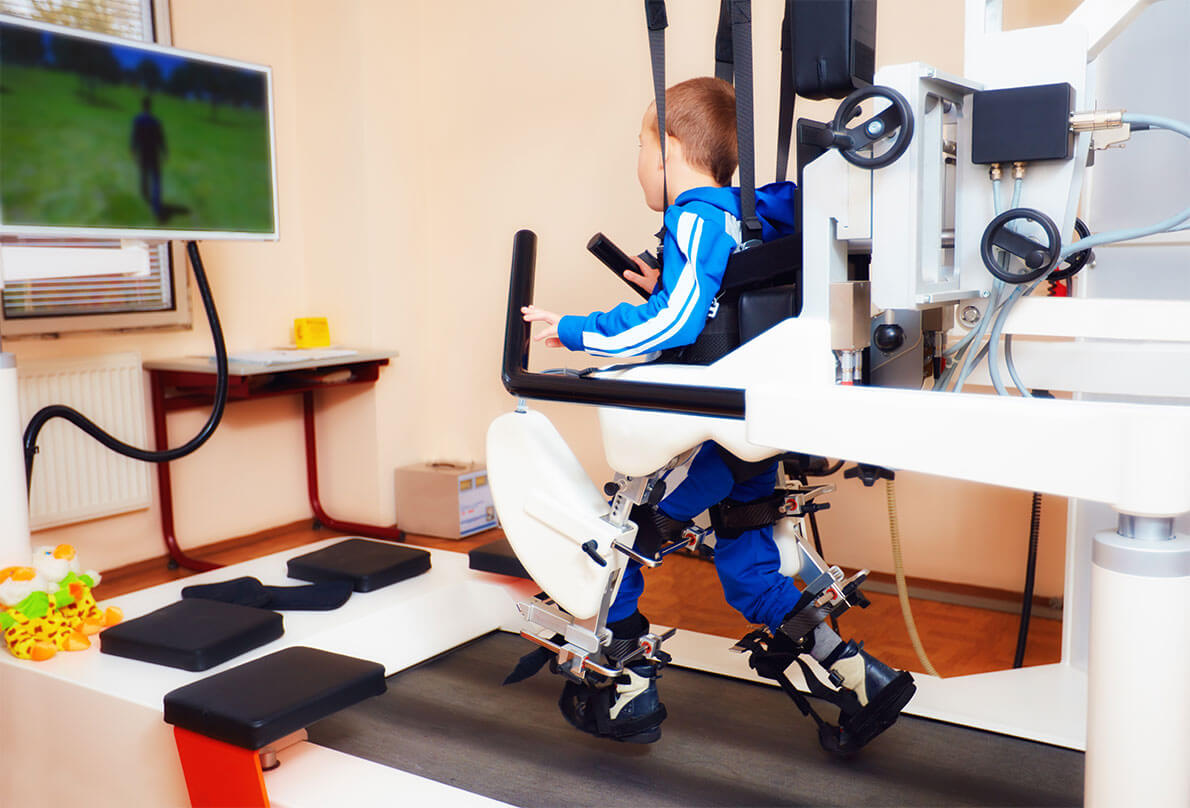July 29,2010
TheraSuit Therapy for Child with Cerebral Palsy
Diana Boyle is a 10-year old girl with cerebral palsy. Like many with cerebral palsy, she is mostly wheelchair bound and requires help getting to and from her walker. However, there is hope for young Diana in the form of a new therapy. In two weeks Diana will travel from her home in Madisonville, F


